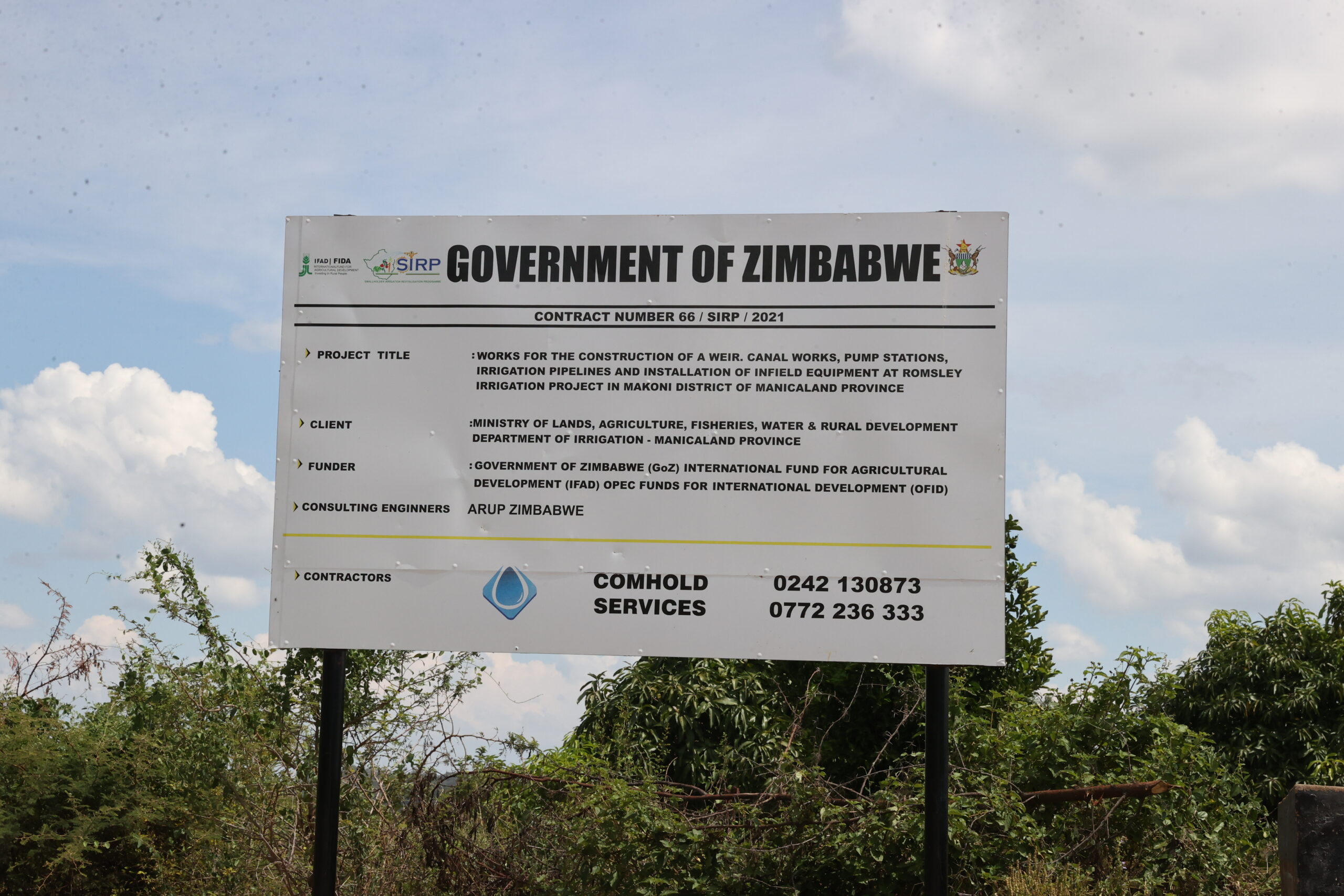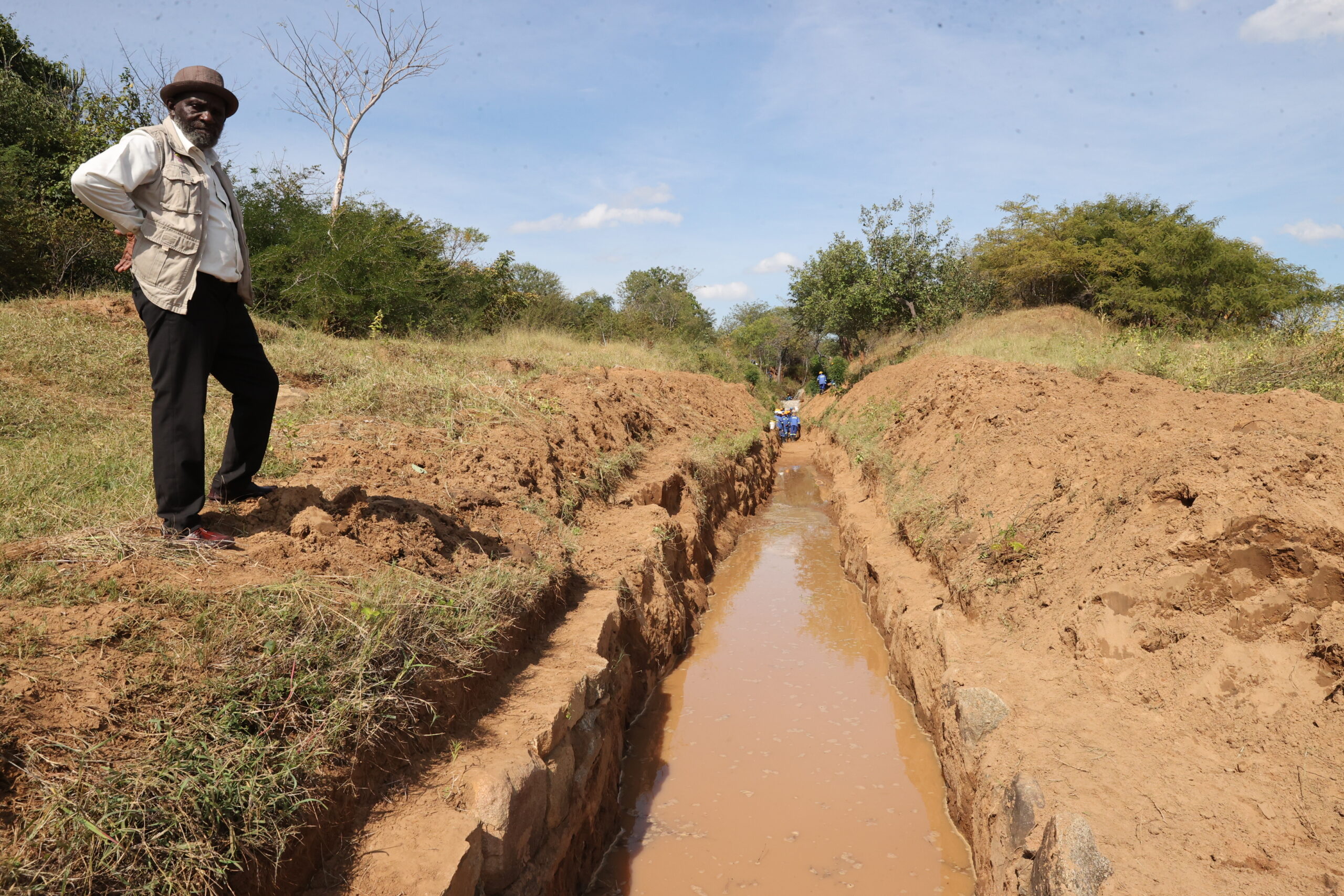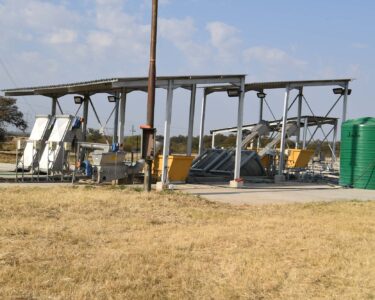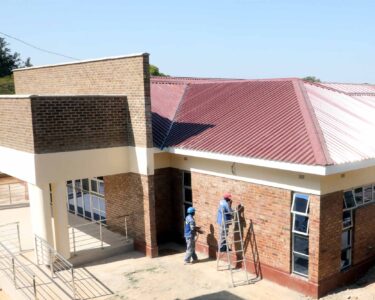When Romsley Irrigation Scheme in Makoni District under Chief Chiduku was abandoned around 1976, many families were left in despair as the irrigation scheme was their “bread and butter”. For close to half a century, they watched hopelessly as the irrigation scheme’s infrastructure was vandalised while the once lush green fields turned into a virtual tropical forest.
To make matters worse, Makoni District experiences erratic rainfall which translates to low yields from dryland farming and successive droughts. Towards the end of 2020, the Second Republic announced plans to revive the irrigation scheme, but the news did not arouse much excitement from the community. After all, similar promises had been made in the past with no tangible results.
However, the farmers soon realised that the Second Republic was serious this time around. In no time 16 centre pivots were mounted on the 384-hectare farm and the de-silting of the 18 km canal from Mucheke River to the scheme moved into top gear.
The local farmers were over the moon, openly declaring: “We are no longer farmers, but business partners”. But as our reporter Elias Chakanyuka reports, there are teething challenges that are threatening to derail the rehabilitation exercise . . .
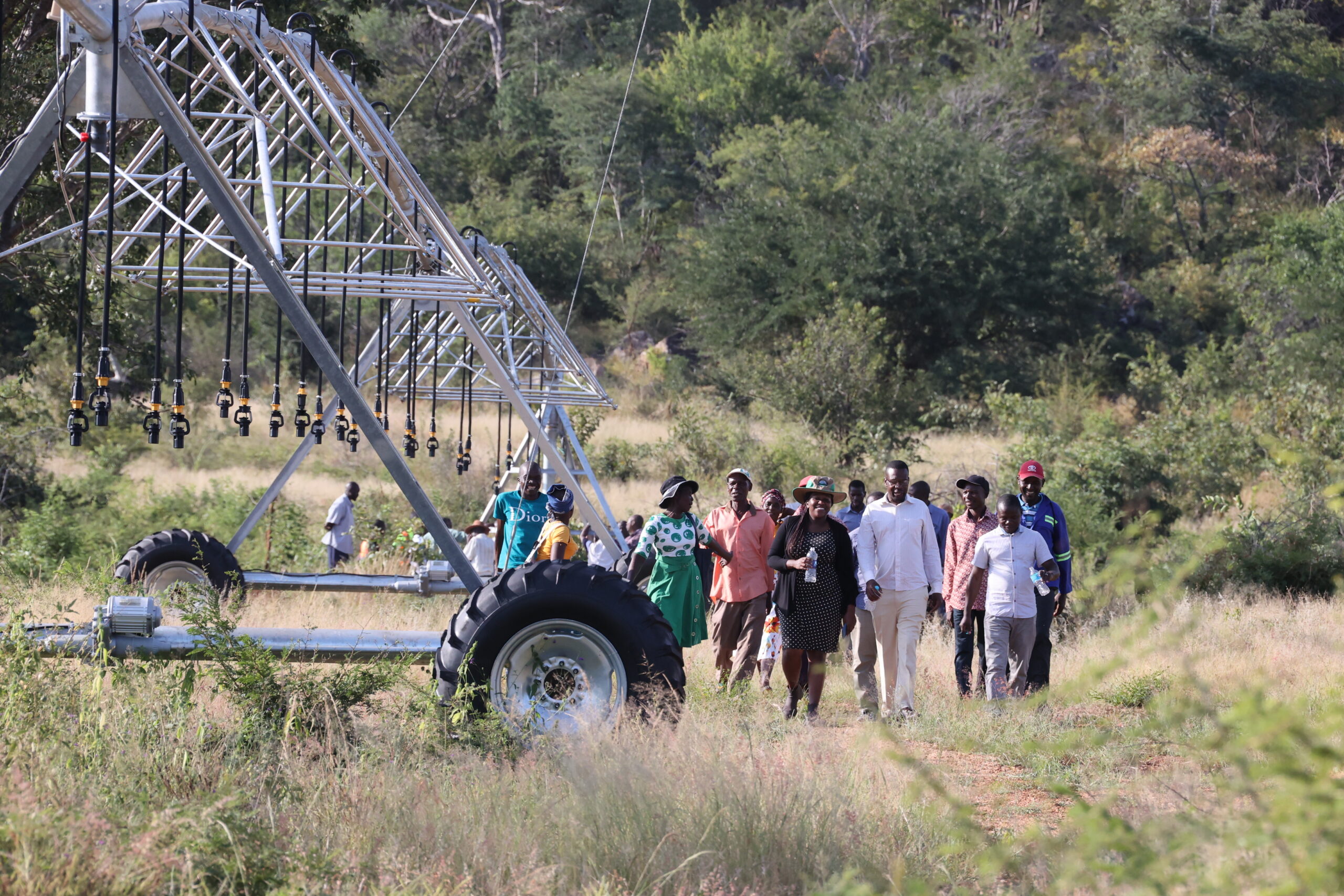
When the Brick by Brick magazine team recently visited Romsley Irrigation Scheme, they were welcomed not only by the beneficiaries of the scheme but the various representatives of government departments and contractors all of whom have a role in the ongoing scheme’s rehabilitation. Among the government departments represented were the Department of Agricultural, Technical and Extension Services (Agritex), the Zimbabwe National Water Authority (Zinwa), Environmental Management Agency (EMA) and Department of Irrigation Development.
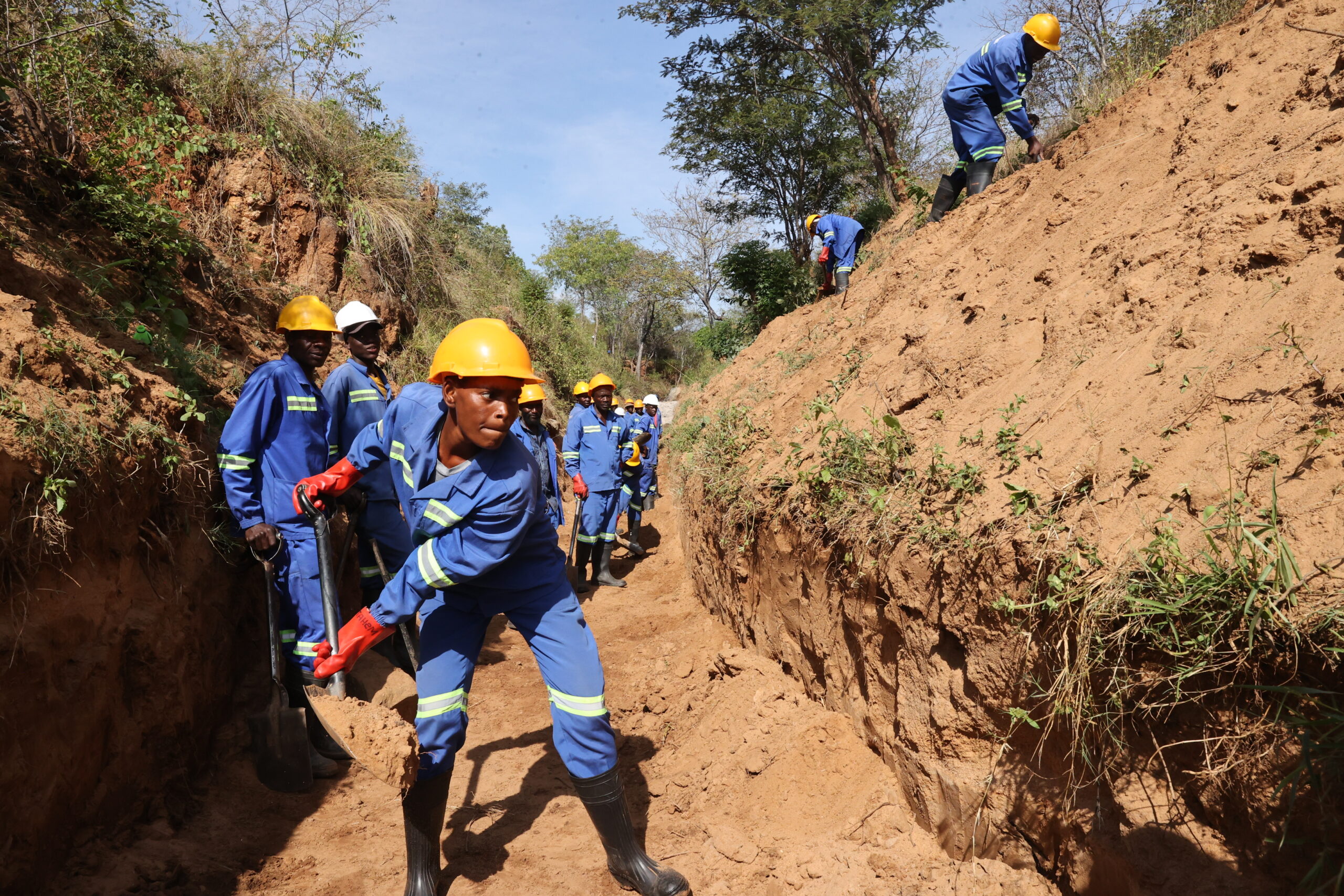
Also in attendance was Chief Chiduku.
The gathering had all the hallmarks of a political rally, but politics was certainly not on the agenda that day.
The chairman of Romsley Irrigation Scheme management committee, Garikayi Tafirenyika, had the honour of delivering the opening remarks.
“Let me start by expressing our happiness with developments taking place here at Romsley Irrigation Scheme in Chief Chiduku’s area. Things are happening so fast here. So please bear with us if we show too much excitement,” he said to applause.
“We were given the greenlight to rehabilitate the irrigation scheme on 10 December 2020. In the period leading to that day, council officials came here and told us of government plans to rehabilitate the scheme. Naturally, we took this with a pinch of salt in light of previous unfulfilled promises.
“However, after the council visit, several officials from different government departments also came here with similar promises. It was only then that we realised that government meant business. At one point, I told some of the officials, ‘kwatakabva kure (we have come a long way); let’s hope you are not wasting our time.’
“During the early days, the officials called for a meeting at which they asked for our input. They explained to us that it was important to resuscitate the scheme because it would help the community since this area is prone to droughts.
“Work started on Lot 1 and then proceeded to Lot 3 of the farm. We de-silted the canal leading to the irrigation scheme while some centre pivots were mounted on the farm. It was obvious there was no going back. That is when we set up a management committee, which I now chair. As beneficiaries, we were given the task of clearing the land where the centre pivots are to be mounted. This is still work in progress because we doing it manually, which is quite time consuming.
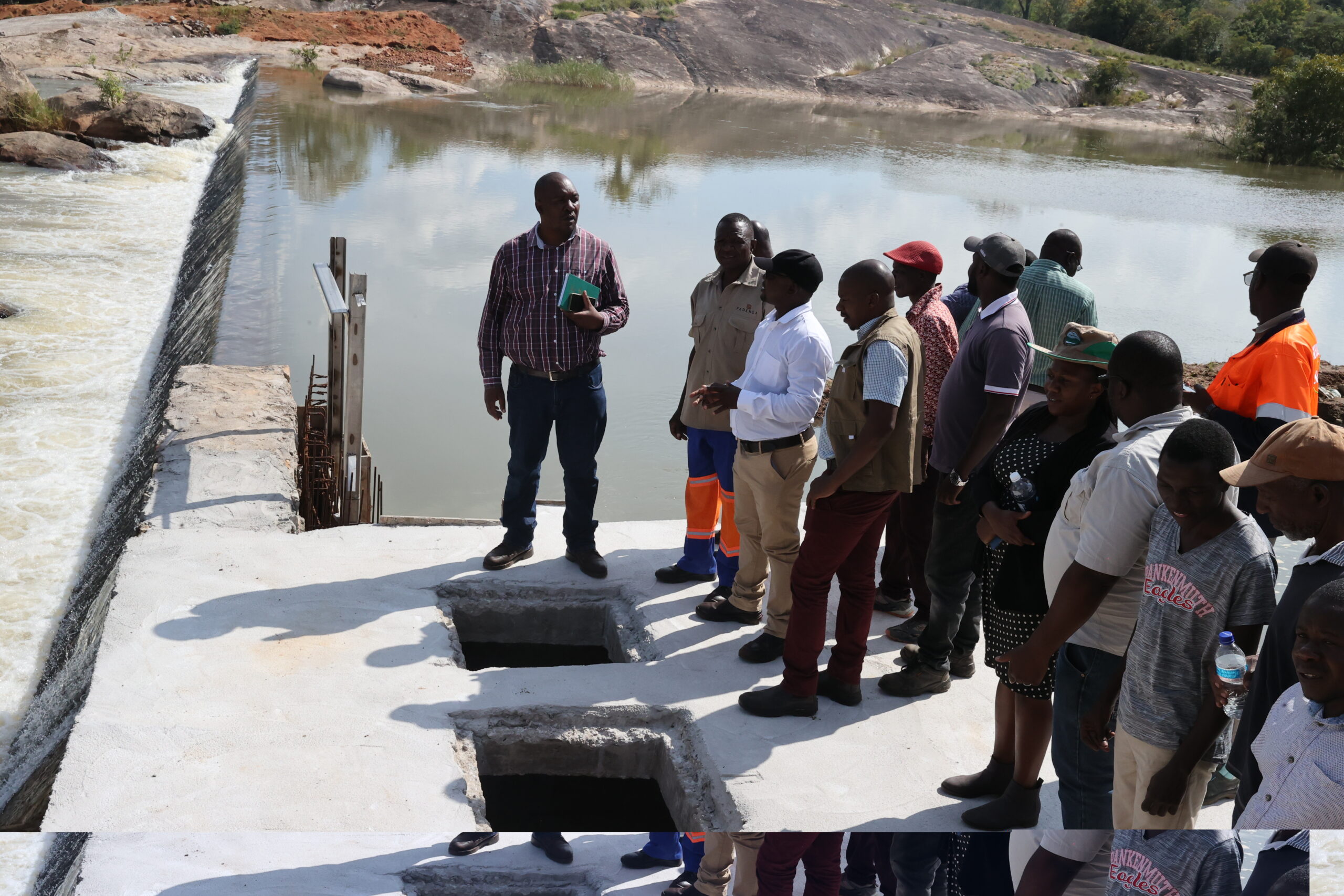
“The land clearing has its own challenges. The majority of families in this area had poor harvests last season, and this had the effect of slowing down our land clearing efforts. We could not focus on clearing the land because we had to find means to feed our families. As a result, since last November, we have had to put everything on hold in terms of clearing the land.
“Like I said, we have been using our bare hands to clear the land, felling down very big trees with axes. It’s not easy, but we are determined to get the job done to demonstrate to the authorities that we are really keen to this scheme up and running. However, we are appealing to government to help us in clearing the land. Some of the trees are so big, it is next to impossible to uproot them with axes. If left to our own devices, the land clearing is likely to take us many more months.
“We are solidly behind this project because it is going to change our lives for the better. According to the council officials, this is the first stage of a transition from being mere farmers to ‘business partners in agriculture’. So as I am standing here, I am now a businessman. I am not a farmer. I am a business partner. Very soon when the irrigation scheme is up and running, I will have a big tummy to show that I am, indeed, a businessman.
“May I take this opportunity to thank the Second Republic under President Mnangagwa for resuscitating this irrigation scheme. Yes, we are facing challenges in clearing the land, but we will soldier on. We can’t afford to let the government down.
“Romsley Irrigation Scheme has a constitution which spells out how it is going to run its affairs. As beneficiaries, we agreed to implement the block system. This means if it is decided that Block A is going to grow wheat this season, then everyone on the block will be under obligation to do so. This will make it easy for irrigation purposes.”
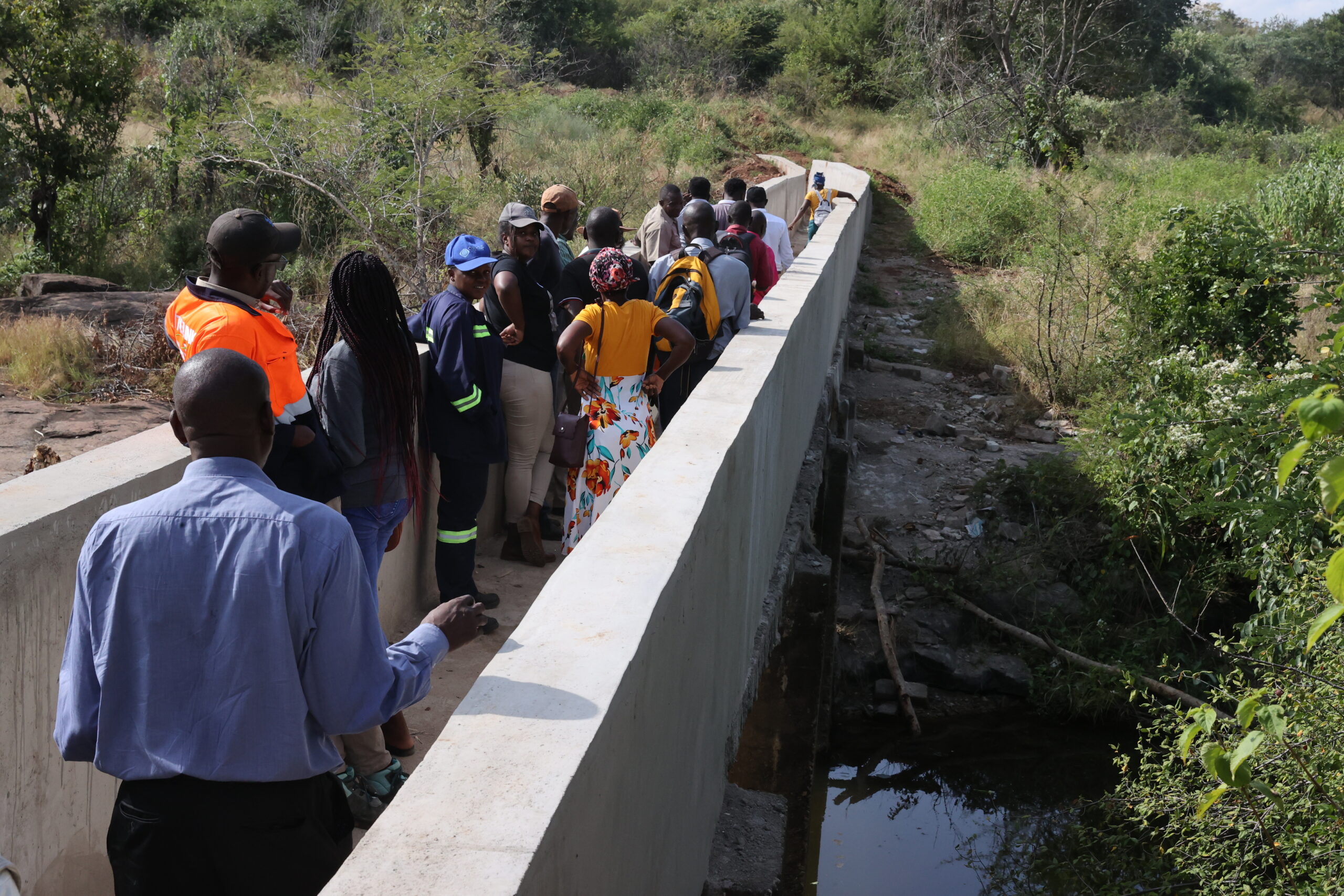
Despite the teething challenges as outlined by the chairman of the management committee, the guest of honour, Chief Chiduku, remained upbeat.
He told the guests: “. . . This was once a vibrant scheme before its collapse around 1976. When it collapsed, we didn’t have the faintest idea that it would take so many years to revive it. Romsley Irrigation Scheme was the pulse of Makoni District and so its collapse really affected many people in this area. This place used to be evergreen and so as the thick forests took over the fields, we wondered whether anyone would ever come to revive it.
“I would like to thank our government under President Mnangagwa who saw it fit to revive this irrigation scheme. This is a dream come true for some of us. As Chief, I am fully behind the resuscitation of this project. We are doing everything we can to make sure that we contribute to its success. I know it’s very tough to clear the land by hand, but we are showing our determination. The good thing is that I have been consulted at every stage of the scheme’s revival.
“As Chief, I want to see my people living and eating well. With a project of this magnitude, there is no reason why we should fail to achieve Vision 2030. The future looks very bright,” said an optimistic Chief Chiduku.
The administrative issues taken care of, it was time for the scheme’s project engineer under the Department of Irrigation Development, Peter Mlambo, to outline the project’s scope and rehabilitation modalities.
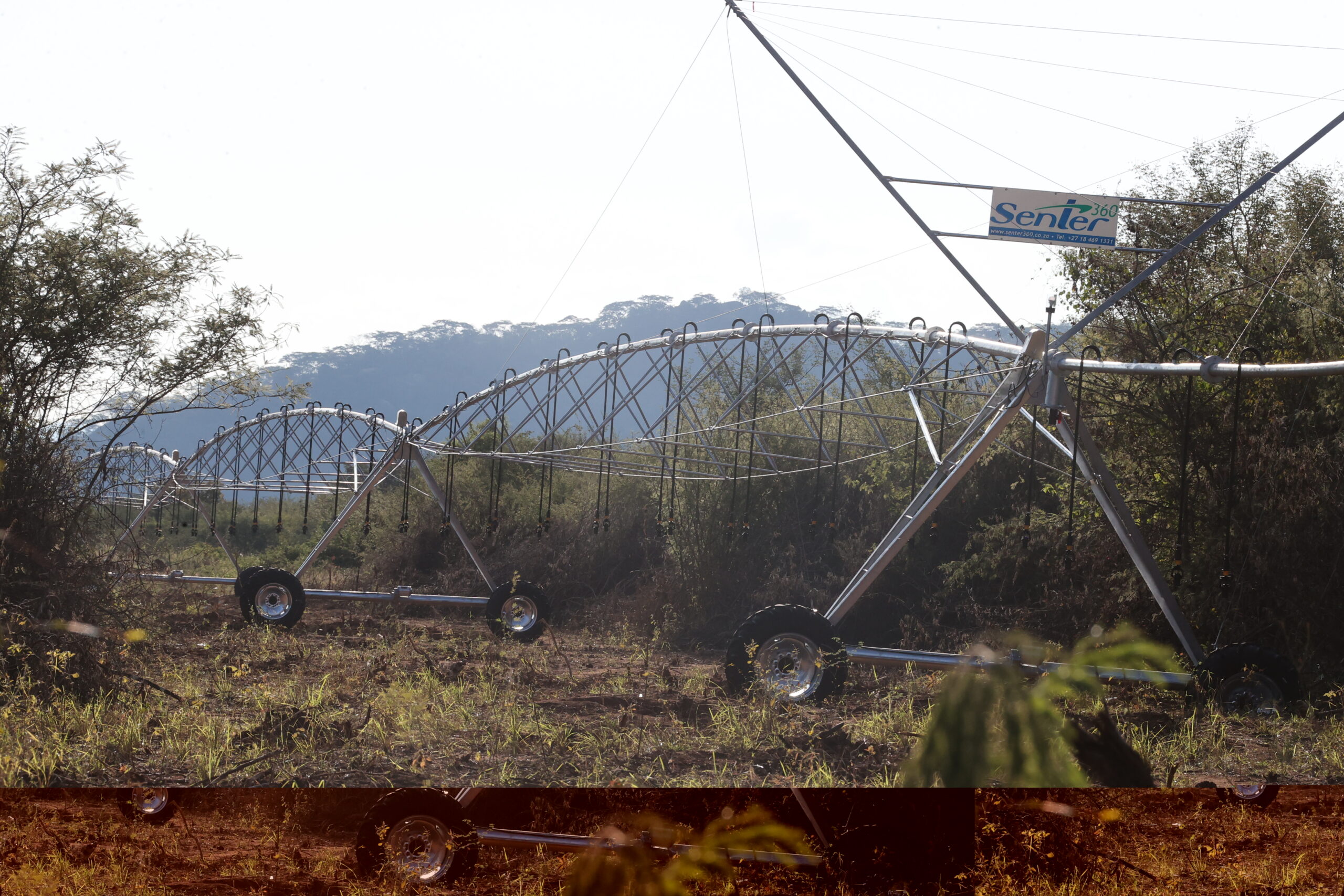
Said Mlambo: “Romsely Irrigation Scheme falls within Wards 28 and 31 in Makoni District, under Chief Chiduku’s jurisdiction. We are going to develop 384 ha of land out of the 600 ha at our disposal under the first phase of the project.
“We are going to use a sophisticated irrigation system with centre pivots. We will be drawing our water from Mucheke River. Our work here is divided into 3 phases. The first phase involved the building of a weir to impound water on Mucheke River. The weir is will channel water into the canal for onward transmission to the irrigation scheme. Under the second phase, we will be working on the canal itself. The third phase involves the infield works, designed to ensure that water gets to the fields.
“Built by COMHOLD, the weir is around 96% complete. There are quite a number of players involved in work on the canal. For example, we have the Department of Irrigation which is working with members of the community to de-silt the canal. In this respect, the department is assisting the community with excavators to speed up the work.
“Along the canal, we have contracted COMHOLD to build aqueducts and culverts. Since the canal crosses a river, we had to make sure that the hydraulic structures (i.e. aqueducts and culverts) are built to international standards. Mind you, the canal stretches for 18 km from Mucheke River to the scheme. Three night storage dams will also be constructed near the field. Water will flow from the canal into these night storage dams. The Department of Irrigation is responsible for the construction of the storage dams.
“The infield works will involve the laying of pipes from the night storage dams to the centre pivots in the different fields. We contracted Tensor Systems to do the job and it’s done. The company has already finished building 4 pump houses to pump water to the centre pivots and 5 pumps have already been installed. Two more pumps are already on-site and will be installed in due course.
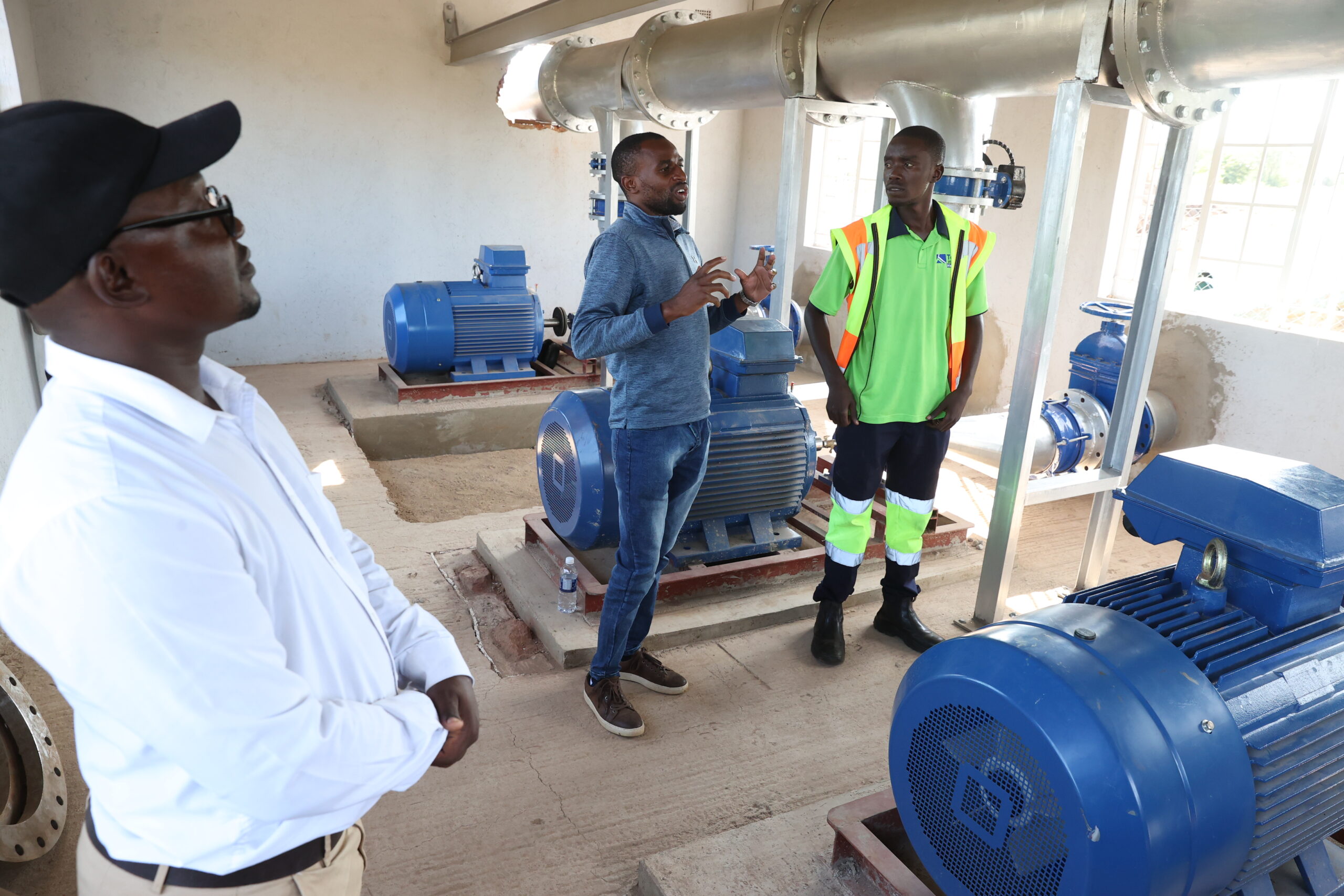
“In terms of centre pivots, we are going to have a total of 24. As we speak, 17 are already on-site while 16 have already been mounted. The Rural Electrification Agency (REA) chipped in by putting up a power network, about 8.2 km long, drawing electricity from 2 distribution points — Dorowa 1 and Dorowa 2. So in terms of electricity supply, almost everything is in place. What is left are the transformers and we will be good to go. Meanwhile, the Makoni Rural District Council has cleared roads to facilitate easy access to the project.
“Because the scheme has been lying idle since 1976, the fields now resemble a forest, which calls for massive land clearance. When we embarked on this project, we agreed with members of the community that land clearance would be their responsibility. There are very large trees now in the fields, and the community are struggling with the task at hand. They are doing their best, but it’s difficult to clear the land with axes. As a result, they are lagging far behind in terms of clearing the land, forcing us to mount some of the centre pivots right in the middle of trees.
“As members of the community are clearing the land, we are also making sure we conserve the environment through conservation works. In this regard we are working with the Environmental Management Agency (EMA) and the Forestry Commission. We are going to make sure that we plant new trees to compensate for the ones being cut down. We are also going to ensure that the fields are free of gullies. We are also working with Agritex under Arda [the Agricultural and Rural Development Authority] to ensure that by the time farming operations start, the beneficiaries will be familiar with sustainable agricultural methods.
“As you will have noticed by now, this is a multi-stakeholder project. The scheme’s beneficiaries are no longer called farmers. They are our business partners. We intend to have what we call a company model as far as running this irrigation scheme is concerned. We want to make sure that the people of Makoni District kiss hunger and poverty goodbye.
“We have been holding a series of training sessions to help the beneficiaries understand our vision here. This project resonates with President Mnangagwa’s mantra of leaving no one and no place behind.
“Budget-wise, I think the project will cost around US$5 million to get the initial 384 ha under irrigation. We have quite a number of contractors working here [hence the US$5 million estimate].
“We are also going to provide water to the communal areas near Mucheke Dam. We don’t want these people to feel left out. So we are going to put about 80 ha under irrigation near the communal area. The 80 ha are over and above the 384 ha earmarked for the scheme,” Mlambo explained.
EMA’s district environmental officer for Makoni District, Praisemore Mapfumo, was on hand to shed light on the environment watchdog’s mandate as it pertains to the scheme: “As EMA, we have been holding interactive workshops with the beneficiaries on how to resuscitate this irrigation scheme without damaging the environment. Our main objective is to ensure that they understand the need to manage the resources in this area in a sustainable manner.
“For example, we have been teaching them how to clear the land without damaging the environment. In addition, we have been teaching them ways to rehabilitate areas in which trees have been cut down. We also educate them on good soil conservation practices as well as preventing water pollution.
“We are making sure that the fields are free of gullies. This we are doing by way of encouraging community members to plant trees around their homesteads to compensate for those cut down during land clearing. In view of the fact that Makoni District is prone to veld fires, we are also educating the community on fire management techniques. This includes the creation of standard fire guards to protect the cleared fields
“We discourage streambank cultivation and call on members of the community to join the irrigation scheme. As EMA, we think the irrigation scheme is going to be one of the best ways to fight hunger in Makoni District without harming the environment. I am pleased that members of the community are heeding our calls.”
Zinwa’s engineer for Rusape Service Centre, Mildred Taringana, assured the community that the scheme will never run dry.
She told the assembled guests and beneficiaries: “Zinwa was responsible mainly for giving technical advice, especially on the construction of the weir on Mucheke River. The construction of the weir was quite a challenge given that the torrents on that part of the river are quite powerful. To circumvent this hurdle, we had to regulate the release of water from both the Rusape and Muchekeranwa dams, the 2 water bodies that feed into the Mucheke River.
“We guaranteed water for this irrigation scheme by making an undertaking that whenever there is need, we would release water from Rusape Dam and Muchekeranwa Dam. As Zinwa, we are giving this assurance today that there will be enough water for this irrigation scheme. It’s guaranteed.”
COMHOLD is one of the main contractors under the scheme. The company’s site agent, Peter Mutsindo, confirmed that construction-wise, everything was smooth sailing.
“When we moved on to this site, we started working on Lot 1 where we built the weir and installed the water pump. After Lot 1, we moved to Lot 2 where we are de-silting the canal and putting up some hydraulic structures to prevent soil erosion. I must say, we are working very well with the community and everything is going according to plan.”
The Agritex supervisor, Ignatius Hungwe, concurred: “We have a cordial working relationship with all the stakeholders to ensure that this project is a success. As Agritex, we have been running training sessions for the beneficiaries so that they approach this project as a business. That is why we are calling them our business partners. We are also encouraging villages in the vicinity of the scheme to embark on projects like nutrition gardens, nursery sheds and indigenous poultry.
“We want the beneficiaries to be well informed about everything they are going to be doing here. We will advise the beneficiaries on the crops suitable for this area and how to grow them. We want food and nutrition security in this area.”
After the speeches and Vote of Thanks, the Brick by Brick magazine team was taken on a tour of Romsley Irrigation Scheme. It was clear that the beneficiaries were struggling to clear the land with nothing more than their home-made axes.
Chief Chiduku must have been speaking for many of his subjects when he said: “The truth is that it’s impossible to clear the land with axes. But we agreed as a community that we should do all we can because we don’t want to be accused of being lazy. We don’t want this project to fail and we will do everything it takes to make it a success.”



